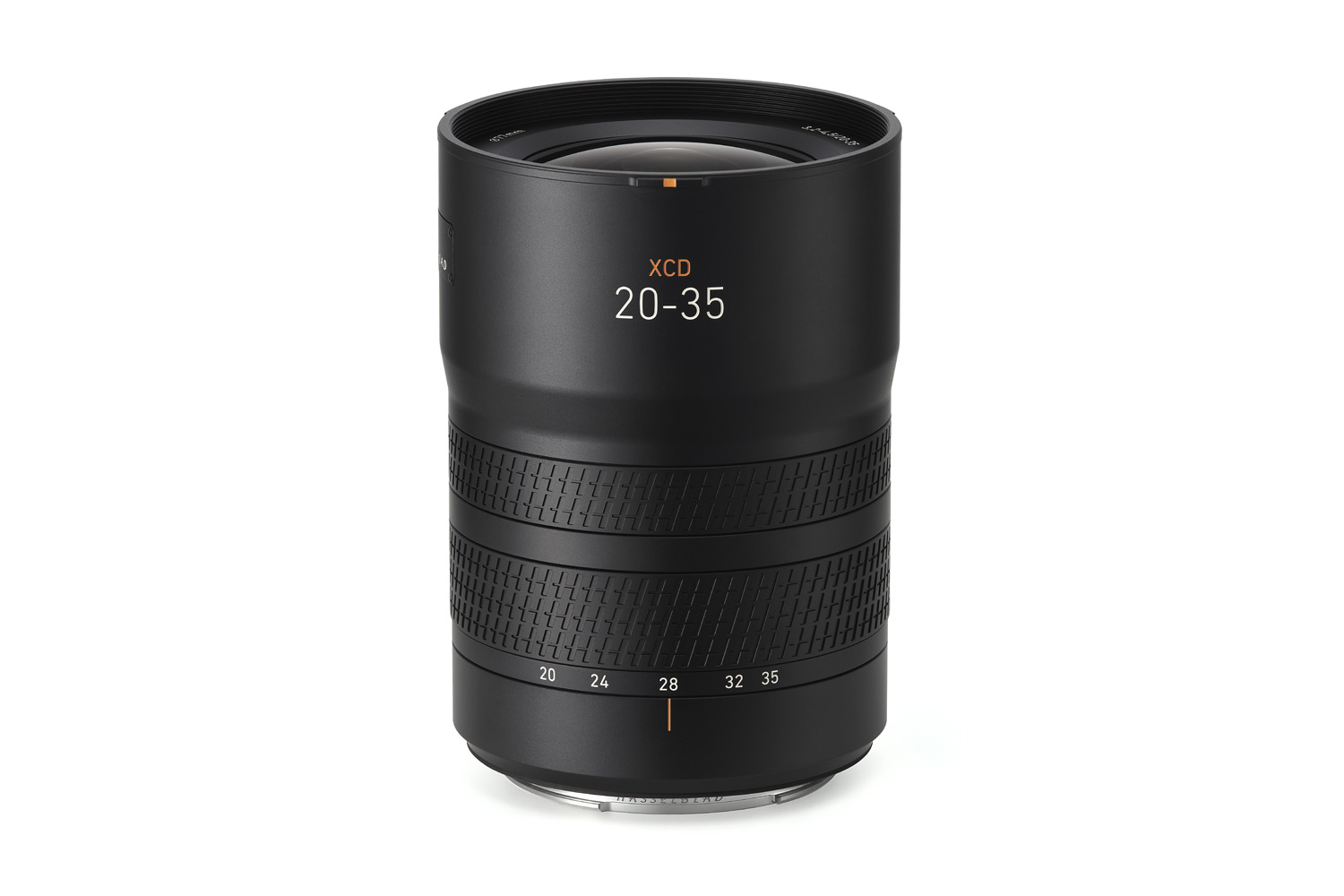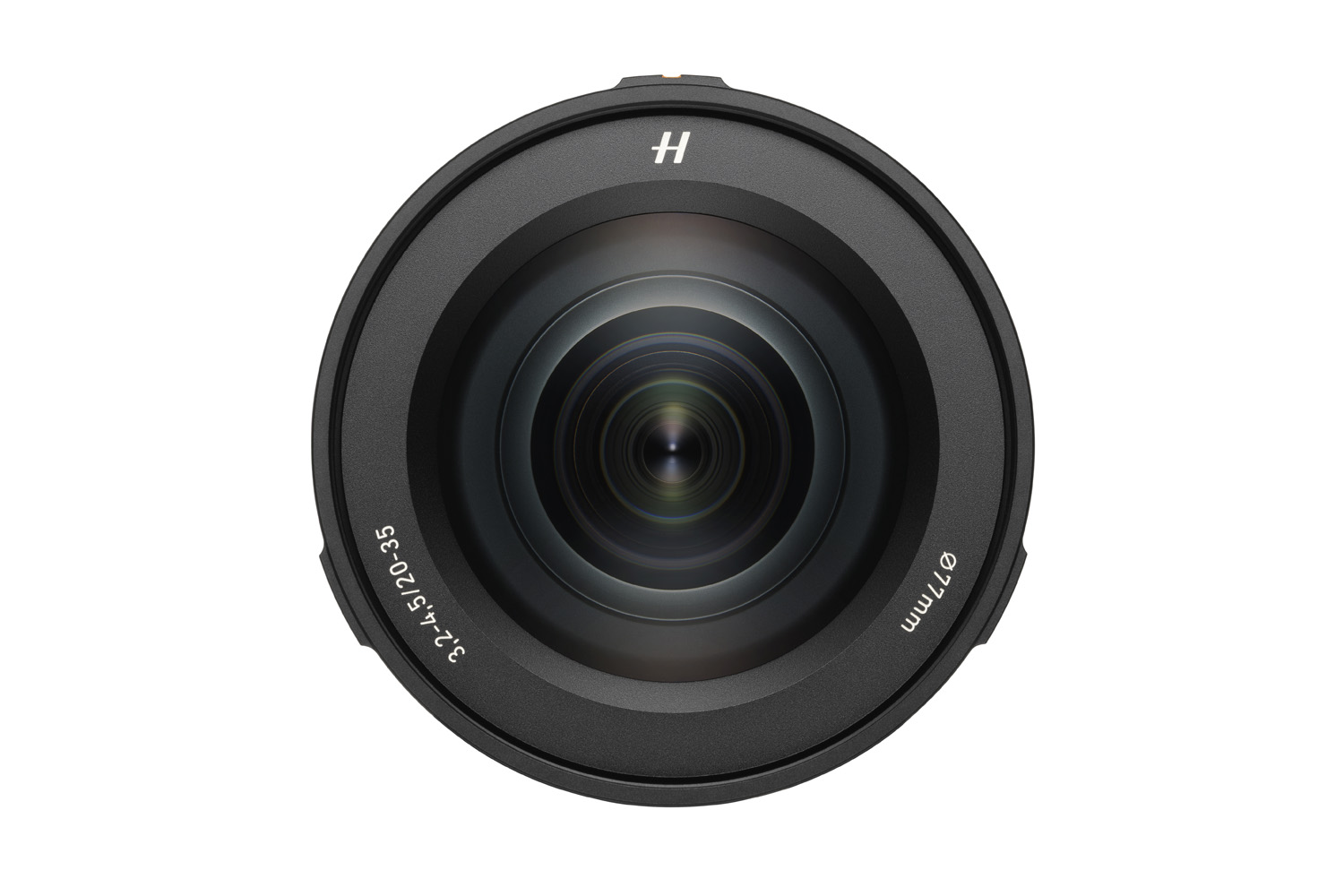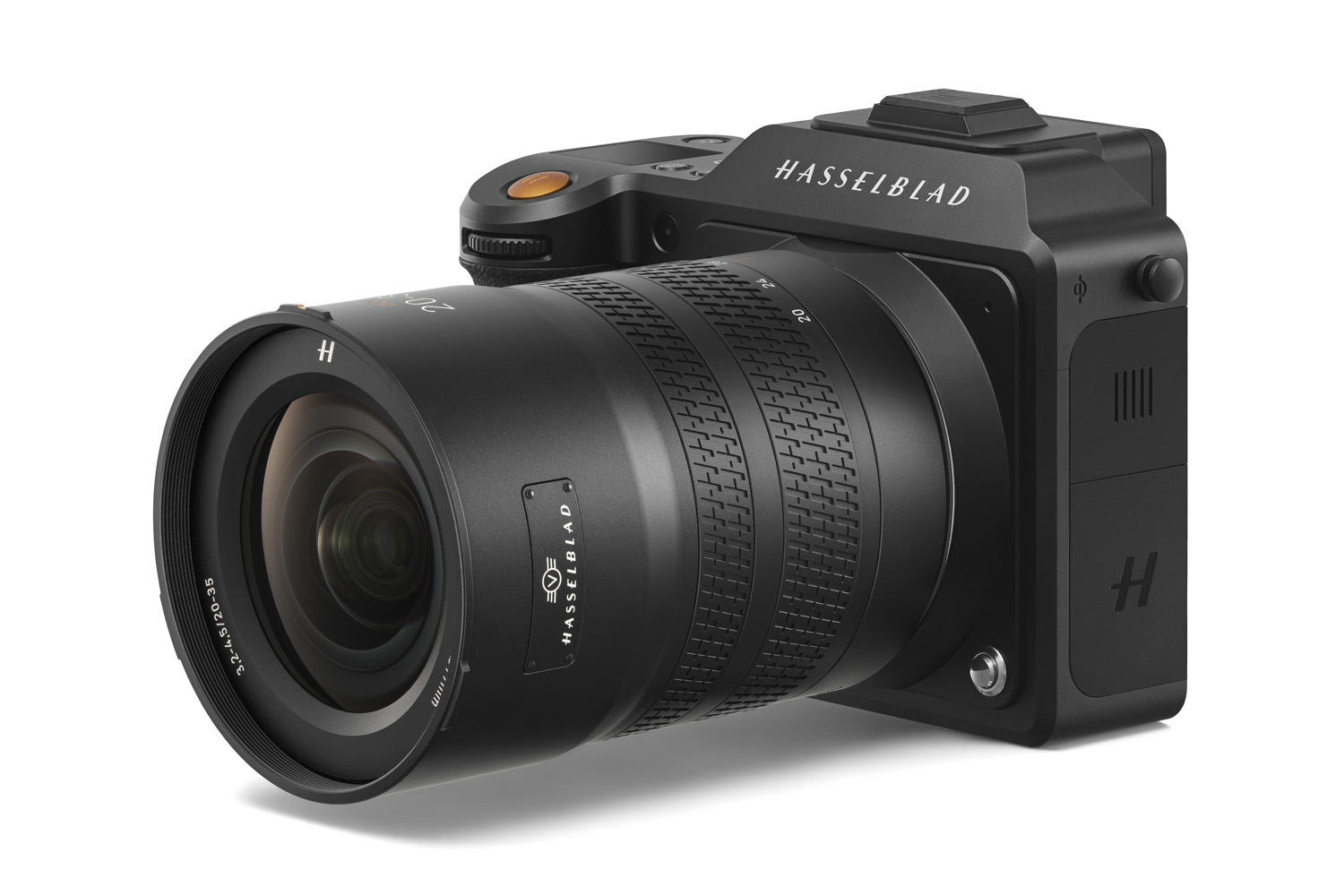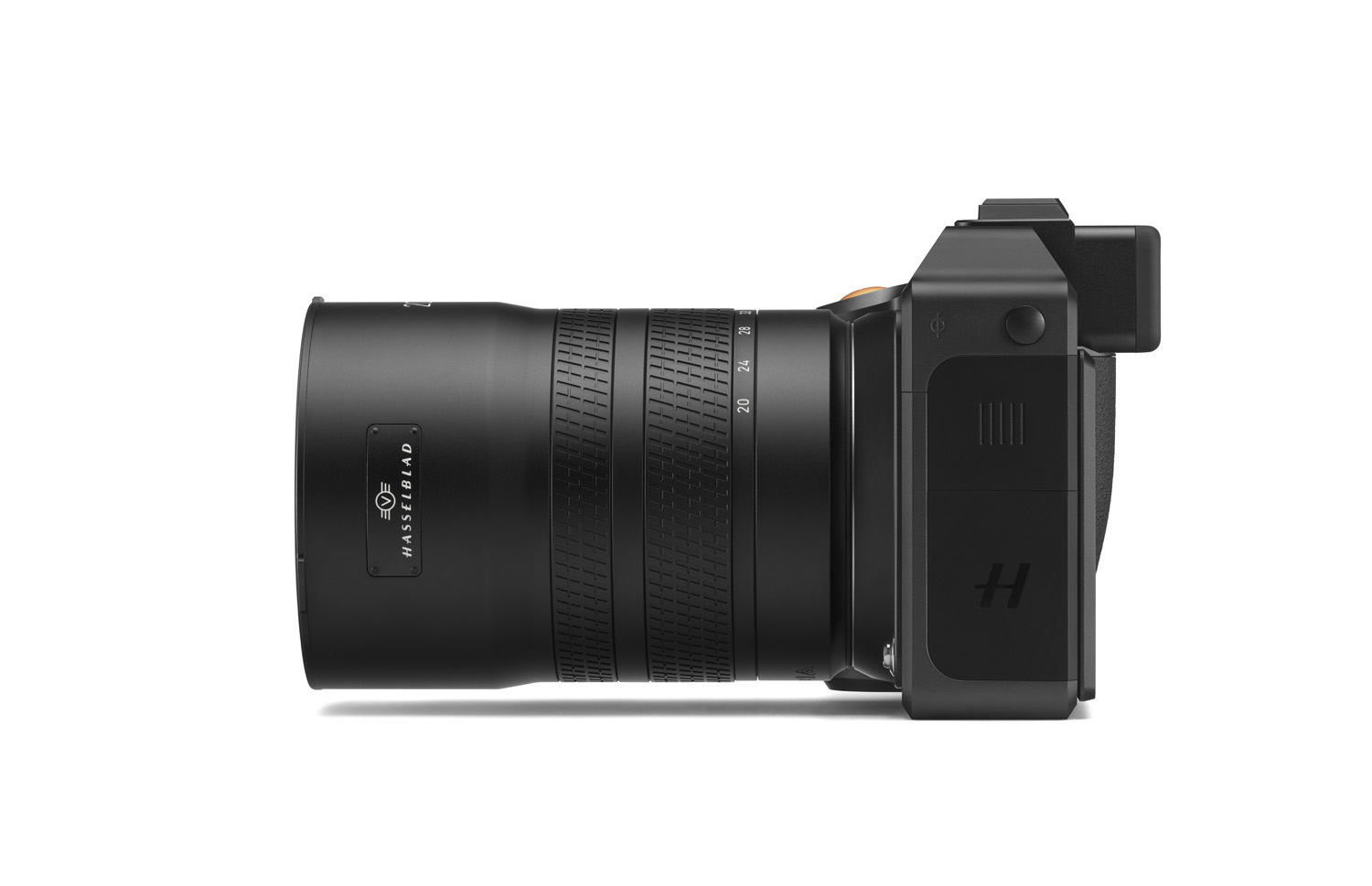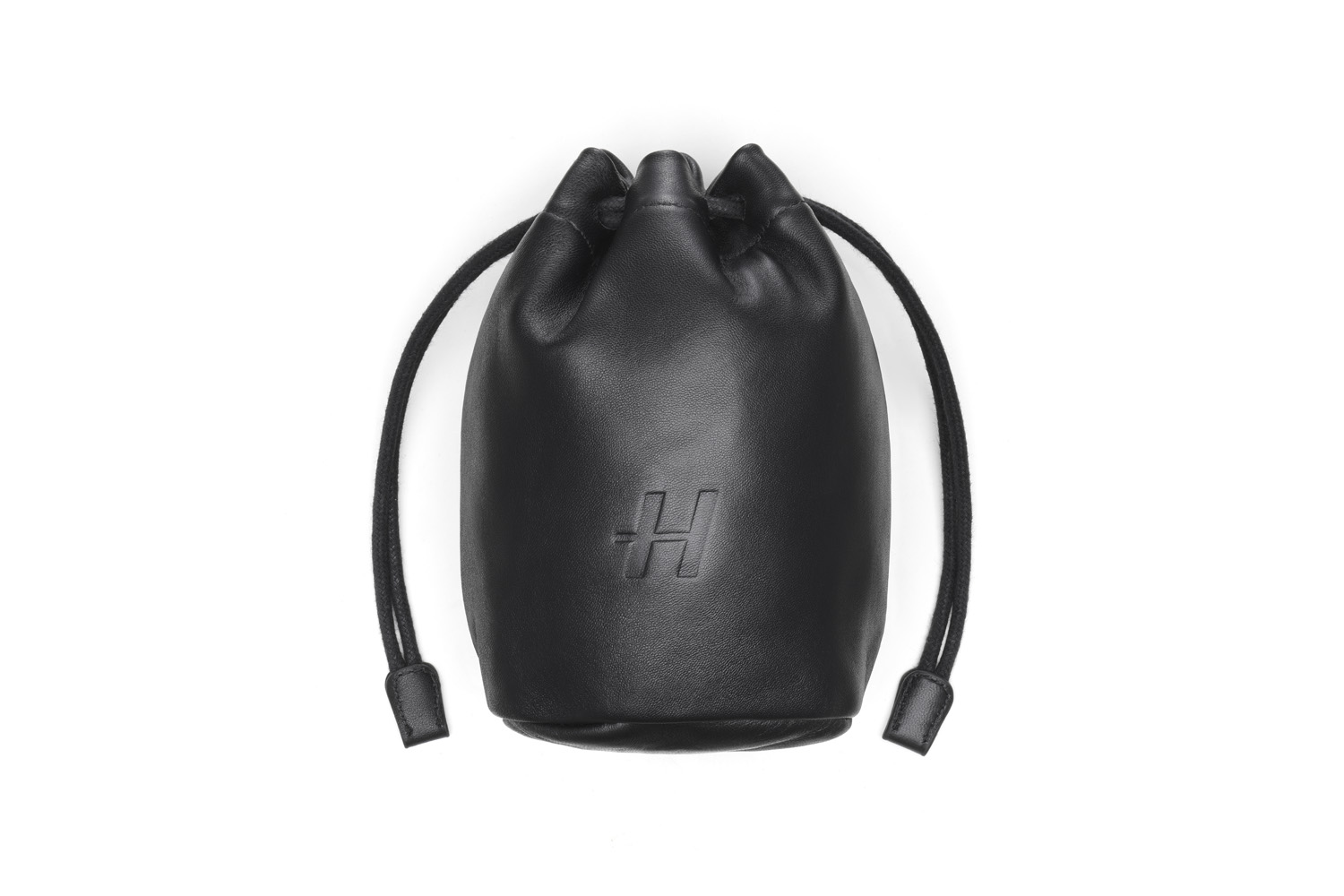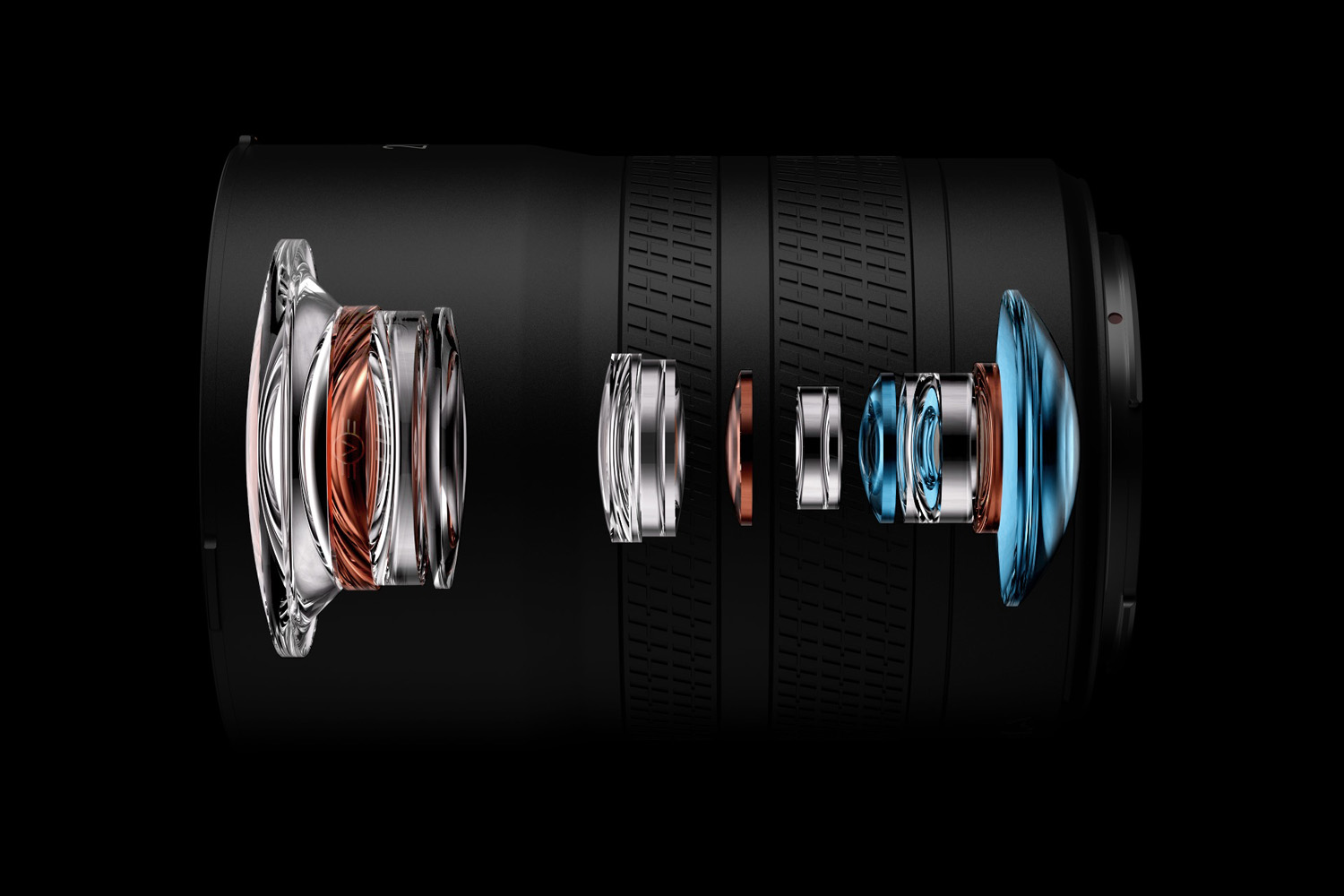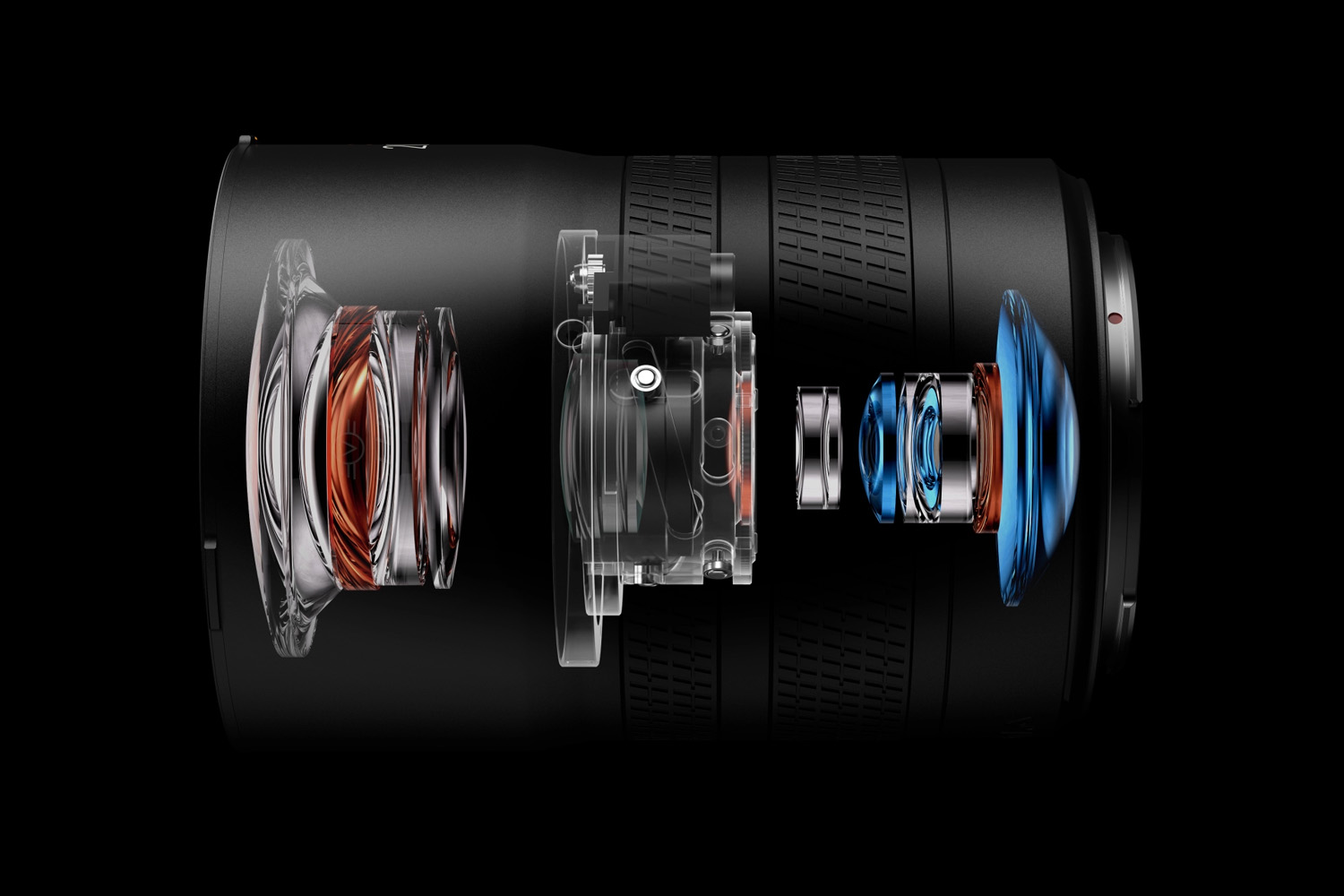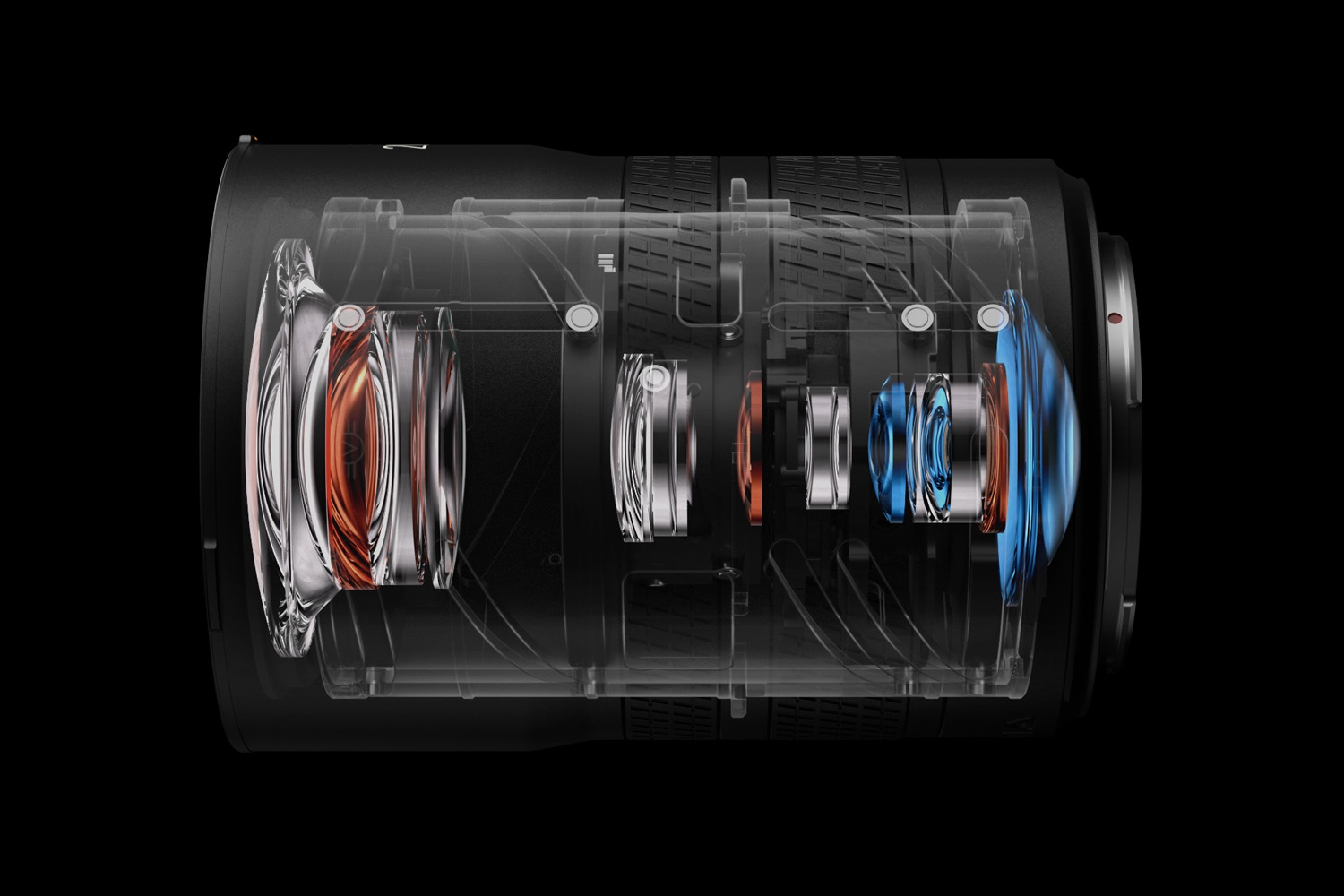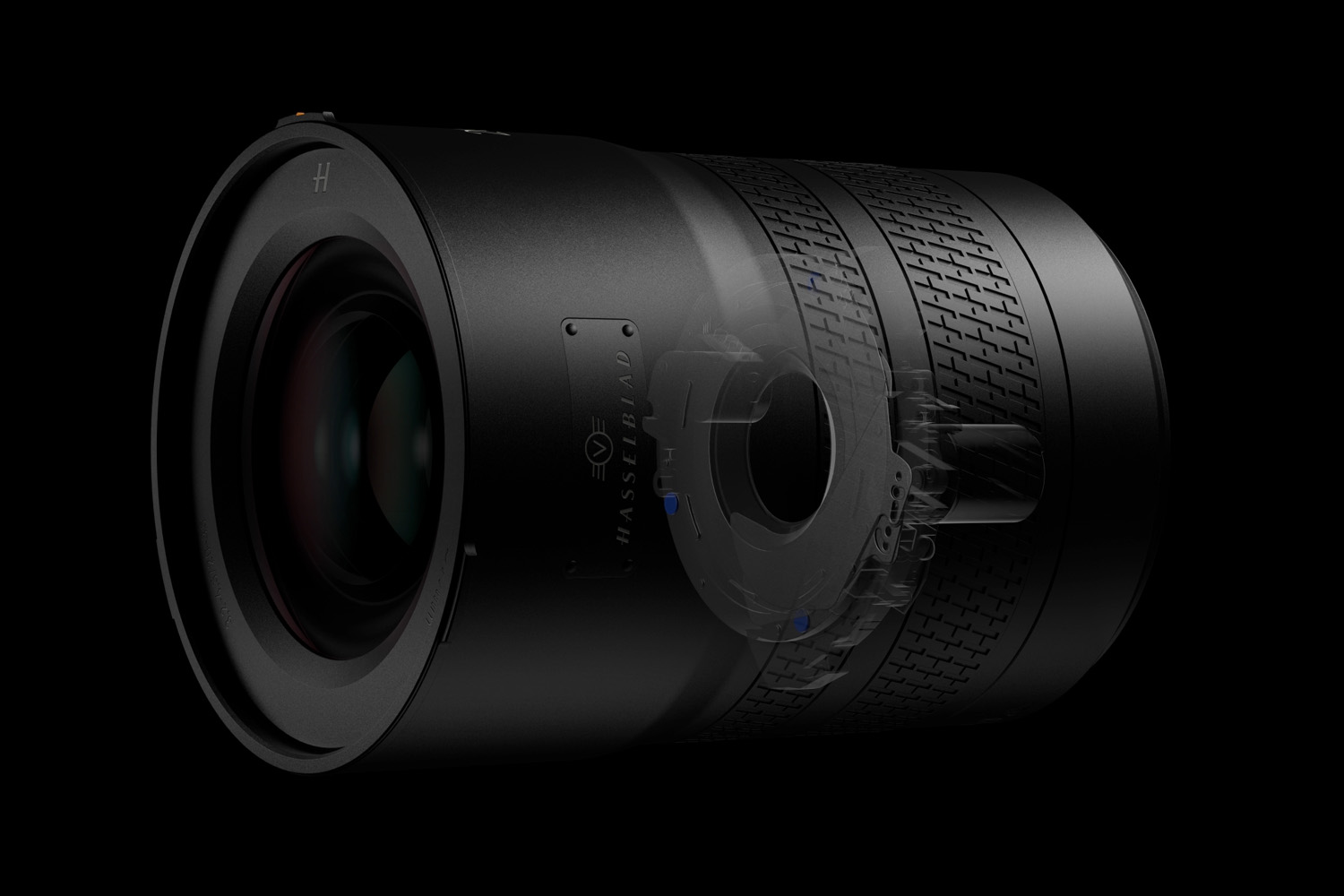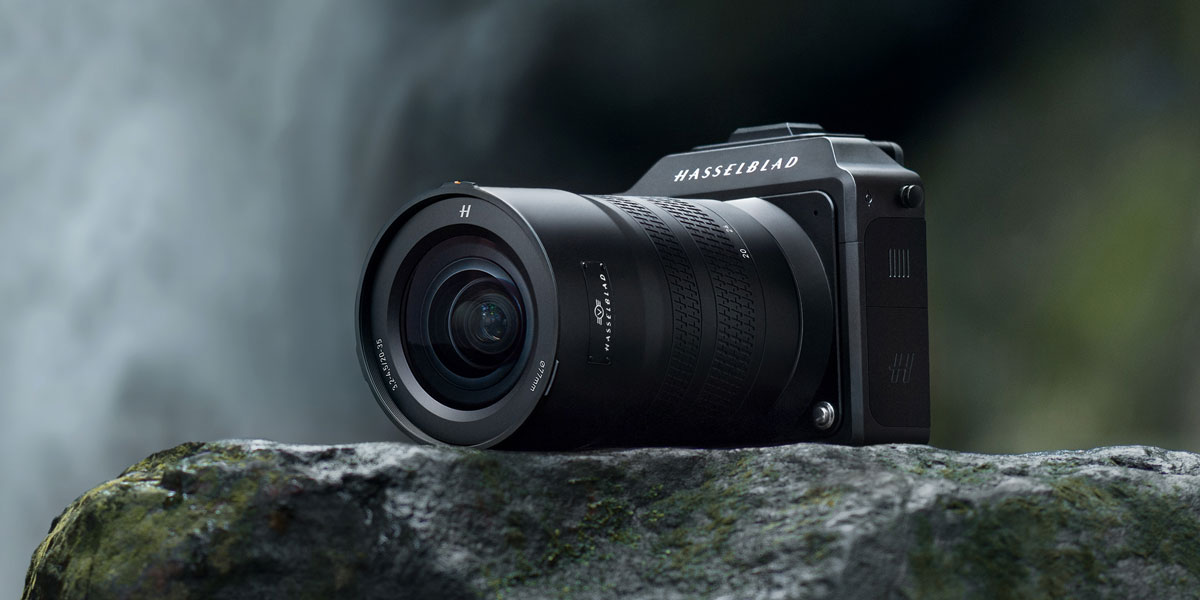
Hasselblad XCD 20-35 f/3.2-4.5 review
Posted on Oct 22, 2024
The Hasselblad’s new ultra-wide zoom has a lot going for it, but is it enough to warrant the price tag? Find out in our hands-on review
What is the Hasselblad XCD 20-35 f/3.2-4.5 and who should buy it?
The Hasselblad XCD 20-35 f/3.2-4.5 is an ultra-wide zoom lens that fits into Hasselblad’s XCD range of lenses.
This lens is designed for Hasselblad’s medium format cameras, so while 20-35mm doesn’t sound as wide as you might think, its full-frame equivalent focal length range is 16-27mm.
Such a wide angle of view makes this lens ideal for landscape, architecture and astro photographers. But its accompanying, relatively wide, maximum aperture of 3.2-4.5 means it has its uses elsewhere too.
For example, better low-light performance and pleasing bokeh mean it also lends itself well to interiors and environmental portraiture.
Such a wide angle of view makes this officially Hasselblad’s widest lens, beating its prime cousin, the XCD 21mm f/4, by a single millimetre to take the crown.
It is also Hasselblad’s only ultra-wide zoom and the first lens with the ‘E’ designation, which stands for ‘Exclusive’ (its official name is XCD 3,2-4,5/20-35E).
In Hasselblad’s words, “E stands for Exclusive, representing the essence of Hasselblad’s optical design and cutting-edge optical technology. Whether zoom or prime, these lenses deliver unparalleled optical quality. The E series zoom lenses perform exceptionally well across all focal lengths, while the prime lenses feature large apertures, delivering stunning shallow depth-of-field.”
All impressive stuff, but with it comes an altogether less exciting accolade: the XCD 20-35 f/3.2-4.5 is Hasselblad’s most expensive lens at £5,699.
That’s pricey even by Hasselblad’s standards – and certainly prompts jokes about exclusivity.
However, when you consider it covers the focal range of four XCD primes, which total over £12,000 new, the price begins to sound more reasonable.
Hasselblad XCD 20-35 f/3.2-4.5 features
As you would expect, this lens enjoys Hasselblad’s signature build quality. It follows the same styling as lenses in the XCD ‘V’ (for versatile) range, with a sleek, black metal barrel that feels solid, reliable and reassuringly cool in hand.
There are few controls on the lens itself, with nothing but a zoom ring and control ring to speak of. This means manual focus selection and aperture are both controlled via the camera body.
The zoom mechanism is internal, allowing for a compact and tidy form factor, plus better durability all round. However, the XCD 20-35 f/3.2-4.5 does not benefit from dust or water resistance.
On the inside, the lens is made up of 16 elements in 12 groups, including three aspherical elements and four ED elements.
The lens also includes a leaf shutter, which enables flash sync at all speeds, right up to its maximum shutter speed of 1/2000 sec.
When it comes to autofocus, the XCD 20-35 f/3.2-4.5 uses a stepping motor to shift a small focusing lens group, which has been designed to increase speed and accuracy.
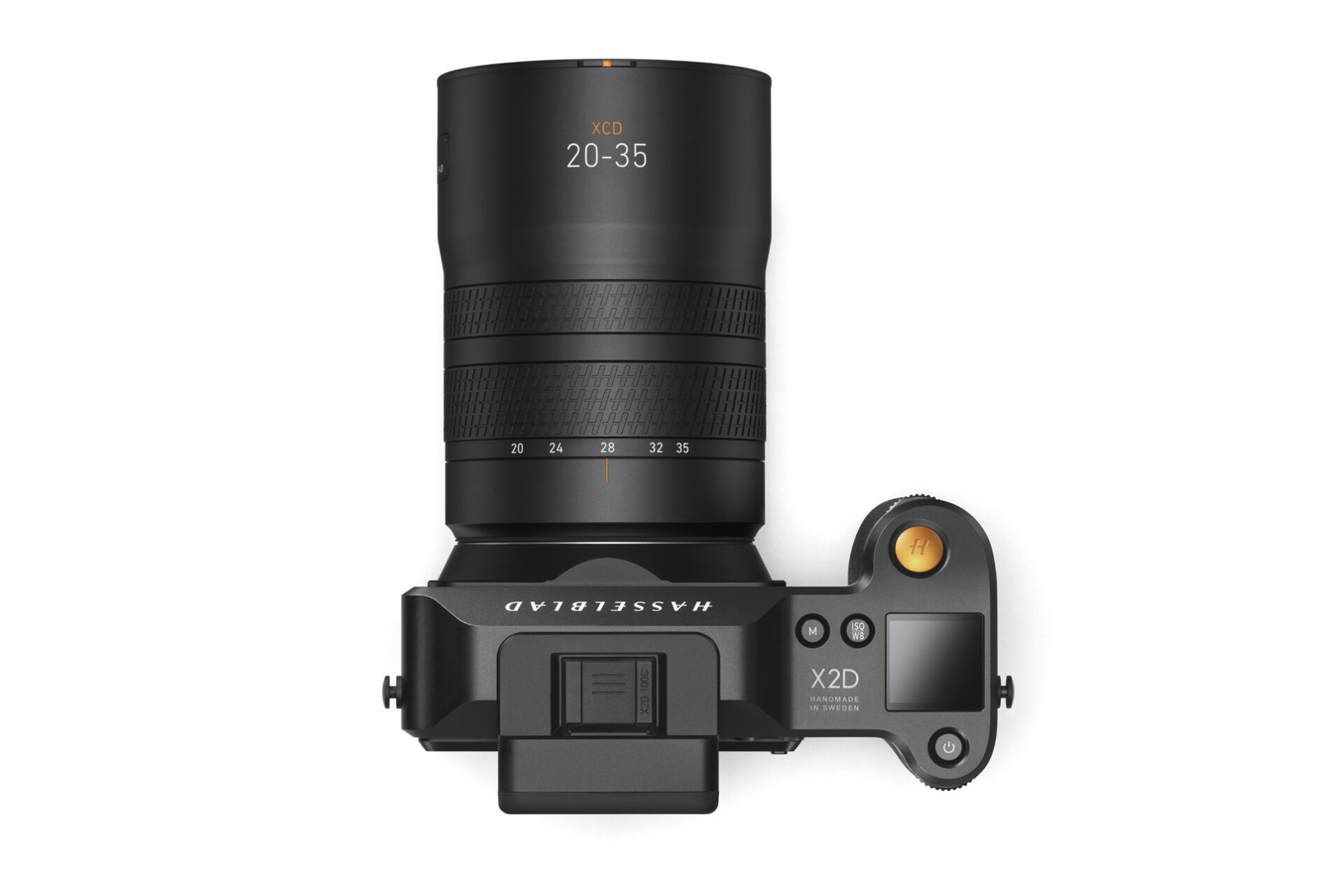
Hasselblad XCD 20-35 f/3.2-4.5 performance
Handling
I have to say that I’m a man that loves an aperture ring, so its omission from the XCD 20-35 f/3.2-4.5 compared to its prime counterparts was an initial disappointment for me. When I began to experience this lens’ capabilities, however, I quickly got over myself.
What controls there are on the lens were wonderful to use. Both focus and zoom rings were smooth and precise and the internal zoom mechanism ensured the lens remained nicely balanced.
Speaking of which, I was using the lens with an X2D 100C and it felt very comfortable in hand. There is of course size and weight to it, but that’s to be expected when you consider it’s a medium-format ultra-wide zoom.
Besides, at a respectable 805g in weight and 112mm in length, regardless what focal length you’re shooting, this lens is by no means cumbersome in its class.
The only enduring criticism I have of this lens’ handling is that attaching the lens hood proved to be a bit of a fiddle.
This could of course be a result of my own personal ineptitude, but for some reason I just couldn’t find the thread. It proved to be a repeated struggle – and that did begin to grate on me.
Shooting
When actually shooting, the lens performed well out in the field. As mentioned above, the controls were fast and responsive, while at the same time smooth and controlled.
Autofocus felt smooth, however, I did experience some inconsistency. On occasion the AF struggled to shift focus quickly, but that could have been due to it being a pre-production model.
Optical performance
Until now, you’d be forgiven for thinking: all this sounds great, but does it sound like five-and-a-half grand’s worth?
Fair question. So, let’s get into the optics.
Where this lens earns its price tag (and its ‘E’ designation) is in its optical performance. Hasselblad’s primes set a very high bar for image quality and I’m pleased to say that this lens brings the same great pedigree in zoom form.
The sharpness of the lens is excellent, from corner to corner. It’s the perfect addition to the X2D 100C’s 100MP sensor and will delight landscapers and interior shooters who like to capture highly detailed scenes.
Vignetting is evident, particularly at 20mm, so this should be a consideration for some, but distortion was low for a lens this wide and what little there was was easily corrected in post.
In all, I was very impressed with the quality of image this lens produced. The sharpness and clarity is good enough to rival prime performance.
Verdict
Overall, this is a great addition to the XCD range of lenses. Yes, it leaves a little to be desired in certain areas, but what it lacks there it certainly makes up for in overall optical performance.
The biggest barrier for this lens is the price point, which will undoubtedly scare many away. But when you consider image quality and the value of the optics it could replace, you can begin to justify the cost.
Pros
Build quality, sharpness, internal zoom, relatively small and light, ultra-wide angle, large maximum aperture for its class
Cons
High price, vignetting at wide setting, no weather resistance, fiddly lens hood, lack of on-lens controls

